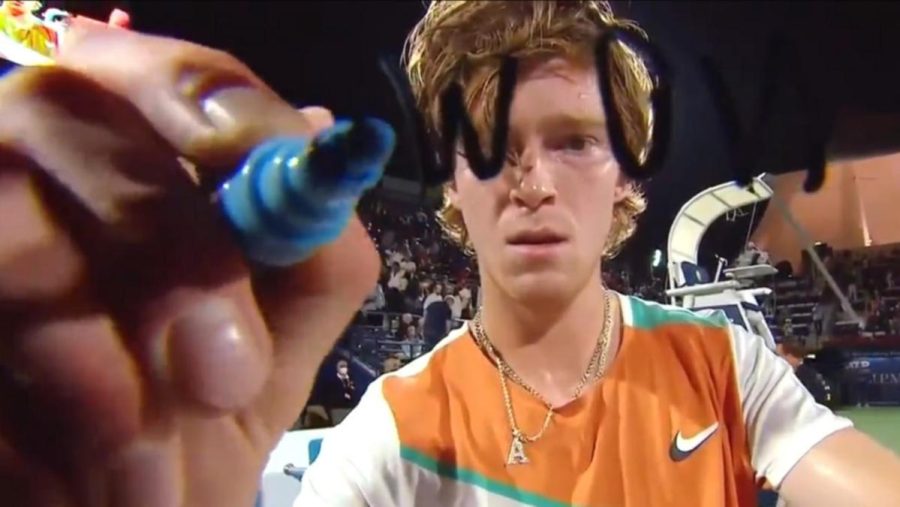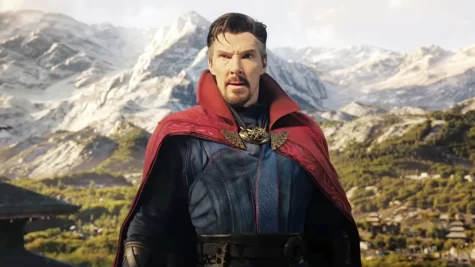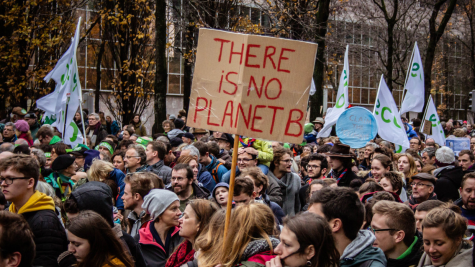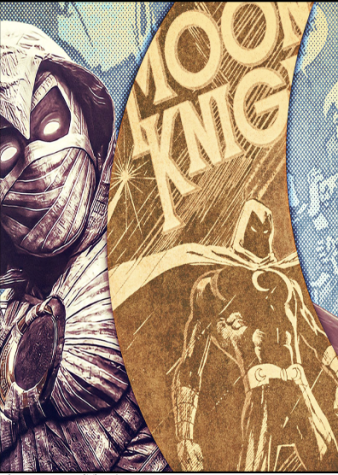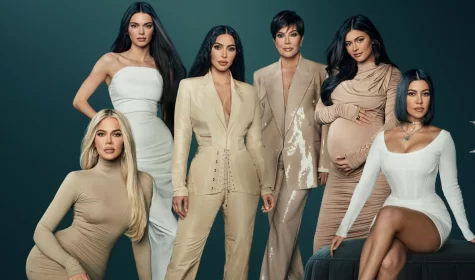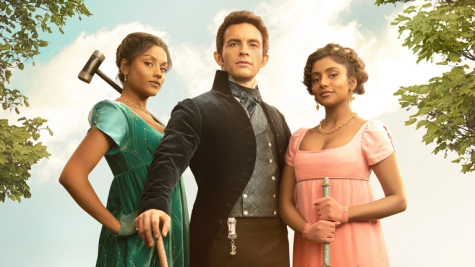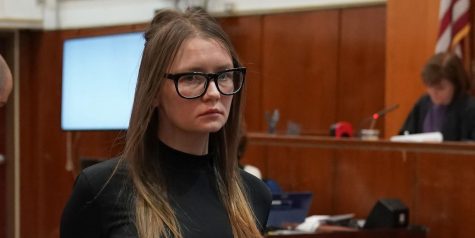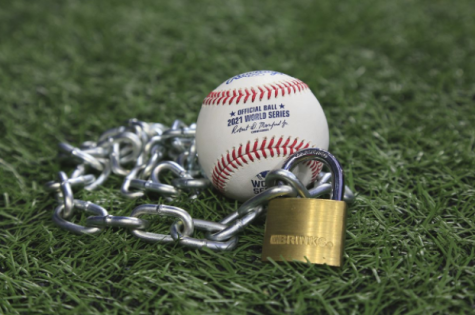Progression of the Russian Invasion of Ukraine
Ordinary civilians wait in line to enlist. A family anxiously huddles together in an underground bunker. After a win, Russian tennis player Andrey Rublev writes “no war please” on the camera lens. Back in America, gas prices are rising. It feels like the brink of a second cold war, and in many ways, it might be. Here is a quick breakdown of what is going with Ukraine, Russia, and the North Atlantic Treaty Organization.
After the fall of the Soviet Union (and the end of the Cold War), NATO expanded eastward, as nations independently joined, into areas that were previously controlled by the Soviet Union. The Baltic States (Estonia, Latvia and Lithuania) all applied and joined NATO in 2004. In 2008, there was talk of Ukraine joining as well.
This was an alarming proposition for President Vladimir Putin. Putin has famously described the fall of the Soviet Union as the greatest catastrophe of the twentieth century, a disastrous upset that cost Russia its rightful place as a key world power. Under his leadership, Russia has gradually rebuilt its military and re-established itself as a geopolitical power, all in the hope of reclaiming the Soviet Union’s territory as well as the old glory of the Union of Soviet Socialist Republics.
As Russia became more powerful, relations between Russia and the West worsened. In early 2014, Russia invaded and annexed Crimea, a coastal area that was part of Ukraine. Russia also backed a separatist rebellion by sending military forces that took control of part of the Donbas region of Ukraine.
In a televised speech in February, Putin said that “modern Ukraine was entirely created by Russia, more precisely, Bolshevik, communist Russia.”
Putin went on to describe the incredible pecuniary sacrifices made by the USSR for Ukraine, as well as the corruption that has permeated Ukraine’s political structure ever since its gradual westernization and relations with the U.S. In his view, Ukraine was a part of the Soviet Union, and, in his quest to recreate the nation of thirty-some years ago, the reoccupation of Ukraine remains key.
On February 24th, Russia launched a full-scale invasion of Ukraine with the intent to capture major cities — especially the capital Kyiv — in a rapid and overwhelming attack. While Russia’s military might far outnumber Ukraine’s, poorly trained Russian soldiers and tenacious Ukrainian resistance fighters have made the invasion harder than Putin probably expected.
Meanwhile, the United States in alignment with the European Union has imposed strict sanctions on Russia, suspending most Western operations in Russia (fast food, retailers, manufacturers). Some of the toughest sanctions are directed toward Russian financial assets, especially those of the Russian elite. As a result, the market price of the Russian ruble has dropped to an all-time low and, while it has since regained value, the ruble is still weak enough to threaten the living standards of ordinary Russian people.
Putin will probably not back down in his conquest of Ukraine as any sort of compromise would be seen as a sign of weakness. Russian troops continue to mount a siege campaign in Kyiv, Kharkiv, and Mariupol, often hitting civilian targets. Among the destroyed: a breadline, an apartment building, and a theater sheltering hundreds, all struck and reduced to rubble.


